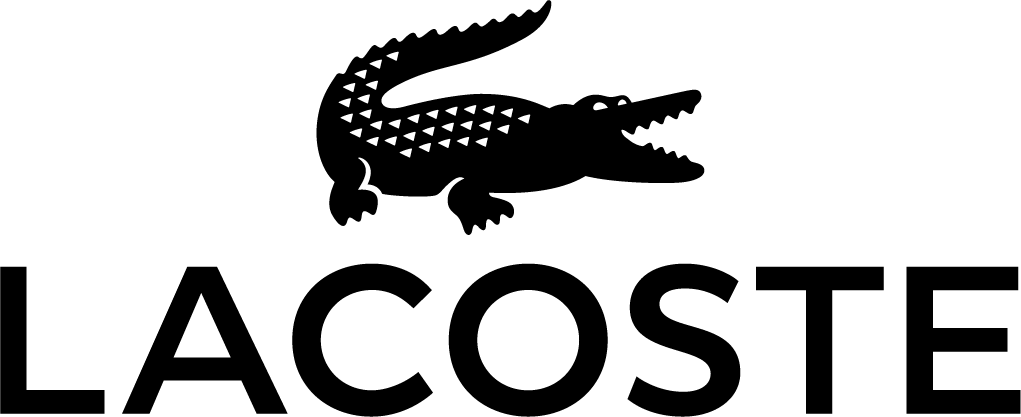
Many experts stress that about 80% of learning happens through a child’s eyes. Because a child’s vision can change often, regular eye and vision care is crucial to a student’s classroom success. Surprisingly, most parents don’t include vision tests as part of their child’s back-to-school doctor’s visit line-up. Additionally according to a recent survey over 50% of parents don’t bring their child for an eye test until at least age three. The AOA actually recommends that kids receive their first eye assessment at half a year, then complete vision check-ups starting at age three, before entering school. Check-ups should continue to be booked routinely every two years after.
A good number of the issues a child struggles with in the classroom can result from vision problems. The percentage of children who are affected by undiagnosed problems with eyesight is quite large. Over 60% of children identified as students with learning-disabilities actually suffer from undetected vision problems. You can avoid potential problems if you make it a priority to ensure your child is seeing properly.
Don’t wait until your child enters kindergarten for his first comprehensive eye check-up. Pediatricians should perform a dilated eye check-up to identify any major eye problems within the age of two months. It’s important to discover any problems at a young age, because children generally respond better to treatment when treated early. Furthermore as a parent, it’s important to make sure your child takes time to read. Usually, kindergarteners enjoy looking at books and try and decipher words. Children that avoid books or reading may suffer from a vision issue. A complete vision screening by a pediatric eye doctor should be one of the tools used in making a diagnosis. For a pediatric eye exam in Westerville, OH, call us to schedule an appointment.
Remember that the sooner a vision problem is detected and taken care of, the greater the chances for successful treatment. And vision is a critical component for school work. If a child’s vision is flawed, increasing visual requirements such as finer print in books or additional homework can considerably affect a student’s performance. At the same time new technology in the classroom, including the use of interactive SMARTboards, can also potentially exacerbate less obvious vision issues. A student with poor vision will be affected both at school, and emotionally and physically. This year, guarantee your child a super year in school, by making sure their vision is in perfect condition. Call us for a Westerville, OH eye exam today.































